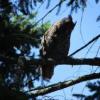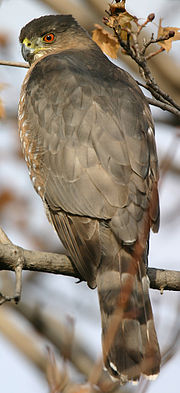If released domestic rabbits go on to breed in the wild for a short time, are they still domestic rabbits or do they become some sort of half wild/half domestic critter?
Can Domestic Rabbits Survive in the Wild?
Sometimes pet or meat rabbits that have escaped or are released into the wild survive for a time, and occasionally feral rabbit warrens are established. However, in general, domestic rabbits are ill-equipped for life in the wild. Most likely, they will die from starvation or exposure, or become an easy meal for predators. Expecting a domestic rabbit to have the instincts to survive in the wild is comparable to expecting a golden retriever to be able to to live like a wolf. O. cuniculus is not native to North America or Australia, and feral populations pose a danger to indigenous plants and wildlife.
Read more at Suite101: Domestic vs. Wild Rabbits: The Difference Between Cottontails and Pet Bunnies http://quadrupeds.su...s#ixzz0oDMizYcF
If the rabbit is not particularly afraid of you, he is domestic. Cottontails, even if raised in captivity, have a natural fear of humans when mature.
http://www.metropets.../cottontail.phpThe situation on Vancouver Island gets more muddled because in addition to introduced domestic European rabbits there are also introduced wild Eastern Cottontails. Are there any Cottontails at UVic or Vic General Hospital? I think they must all be European rabbits, right?
Check this out:
The European Rabbit has escaped or has been introduced into several places in southwestern B.C., Vancouver Island, and some other islands. While this species has become well established and very abundant on San Juan Island and other islands in the San Juan Archipelago in Washington state (Stevens and Weisbrod 1981), it has not done nearly so well in the southern Gulf Islands. Although Nagorsen (1990) says that populations are established on Sidney, James, and Triangle islands, an extensive search by the author and interviews with workers on Sidney Island failed to find any recent sightings, and it appears that the species is no longer present there. Nagorsen (1990) also states that small localized populations may exist on Vancouver Island and the mainland.
http://www.ilmb.gov....hacoml20-01.htmSo if I'm reading that correctly, even as late as 1990 the experts believed "small localized populations may exist on Vancouver Island...". Things changed dramatically at UVic and Vic General Hospital in a very short time. I think I already mentioned how I once encountered a rabbit at UVic in the early 1990s and thought it was quite a big deal.
















